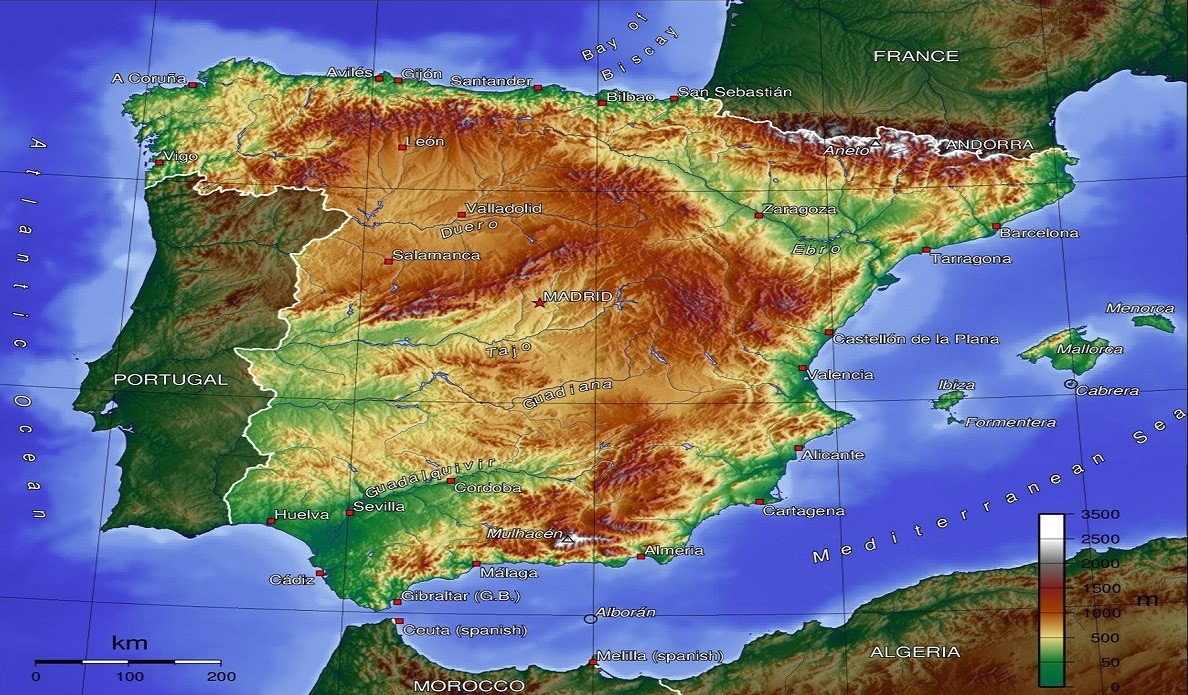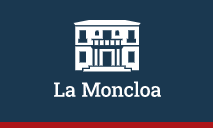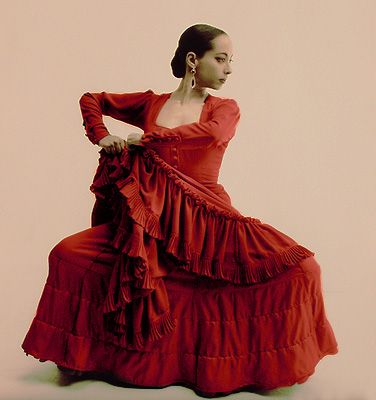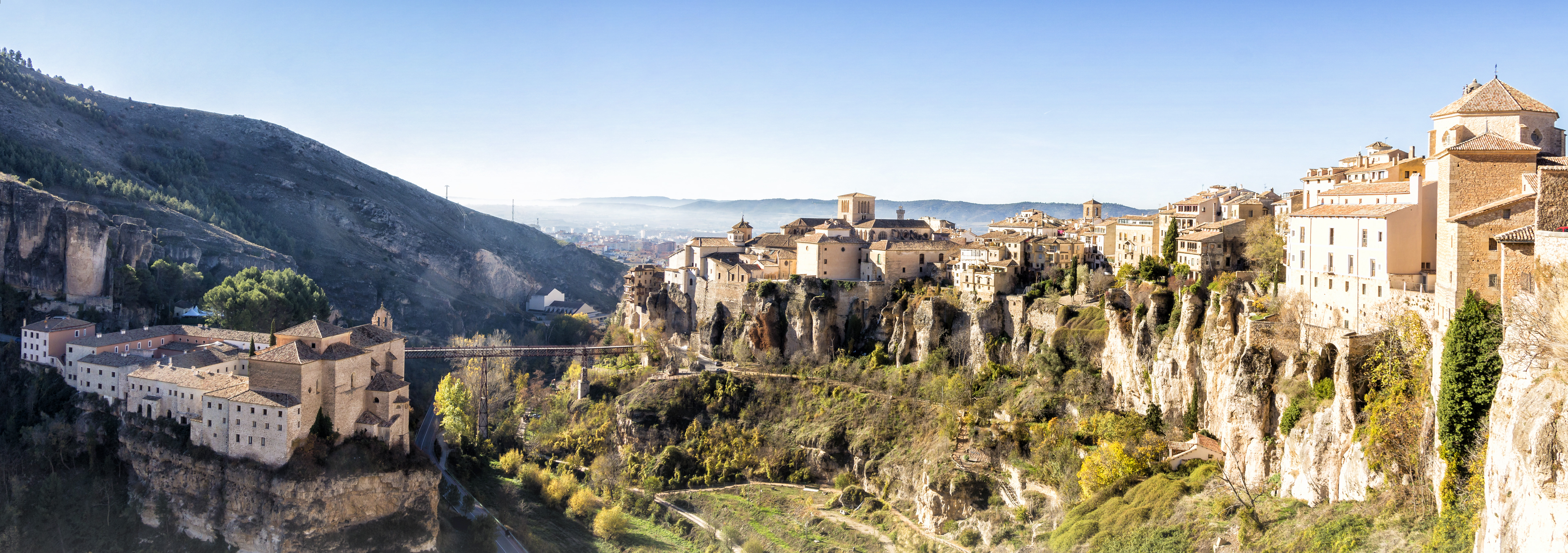
The Spanish Constitution of 1978 is the culmination of the Spanish transition to democracy. The constitutional history of Spain dates back to the constitution of 1812. Impatient with the slow pace of democratic political reforms in 1976 and 1977, Spain's new King Juan Carlos, known for his formidable personality, dismissed Carlos Arias Navarro and appointed the reformer Adolfo Suárez as Prime Minister. The resulting general election in 1977 convened the Constituent Cortes (the Spanish Parliament, in its capacity as a constitutional assembly) for the purpose of drafting and approving the constitution of 1978. After a national referendum on 6 December 1978, 88% of voters approved of the new constitution. As a result, Spain is now composed of 17 autonomous communities and two autonomous cities with varying degrees of autonomy thanks to its Constitution, which nevertheless explicitly states the indivisible unity of the Spanish nation. The constitution also specifies that Spain has no state religion and that all are free to practice and believe as they wish. |
| Spain is a parliamentary democracy and constitutional monarchy headed by King Felipe VI, who ascended in 2013. It is a middle power and a major developed country with the world's fourteenth largest economy by nominal GDP and sixteenth largest by purchasing power parity. It is a member of the United Nations (UN), the European Union (EU), the Eurozone, the Council of Europe (CoE), the Organization of Ibero-American States (OEI), the North Atlantic Treaty Organization (NATO), the Organisation for Economic Co-operation and Development (OECD), the Schengen Area, the World Trade Or.ganization (WTO) and many other IO's. Spain has a "permanent invitation" to the G20 summits that occur generally once a year. |


